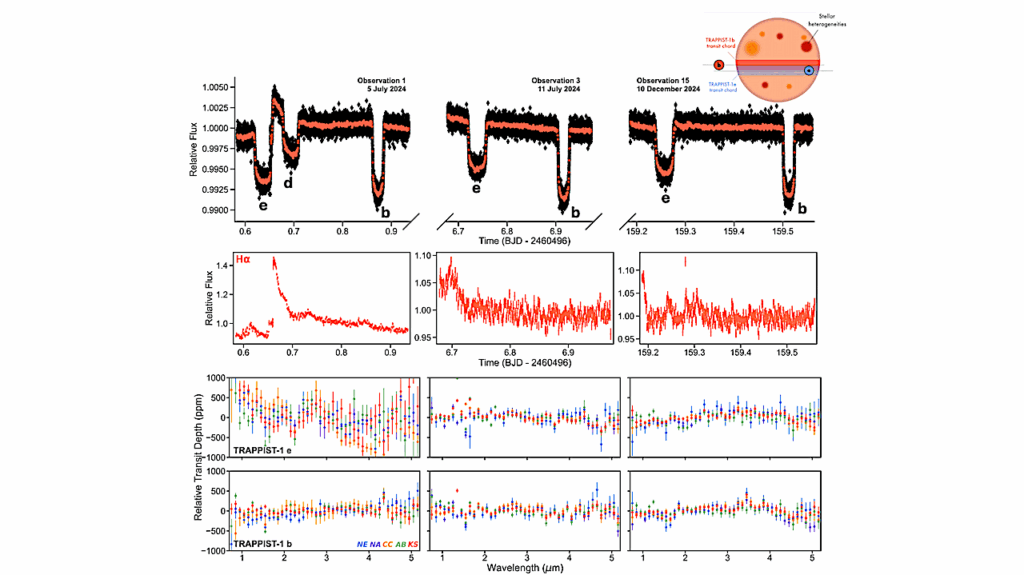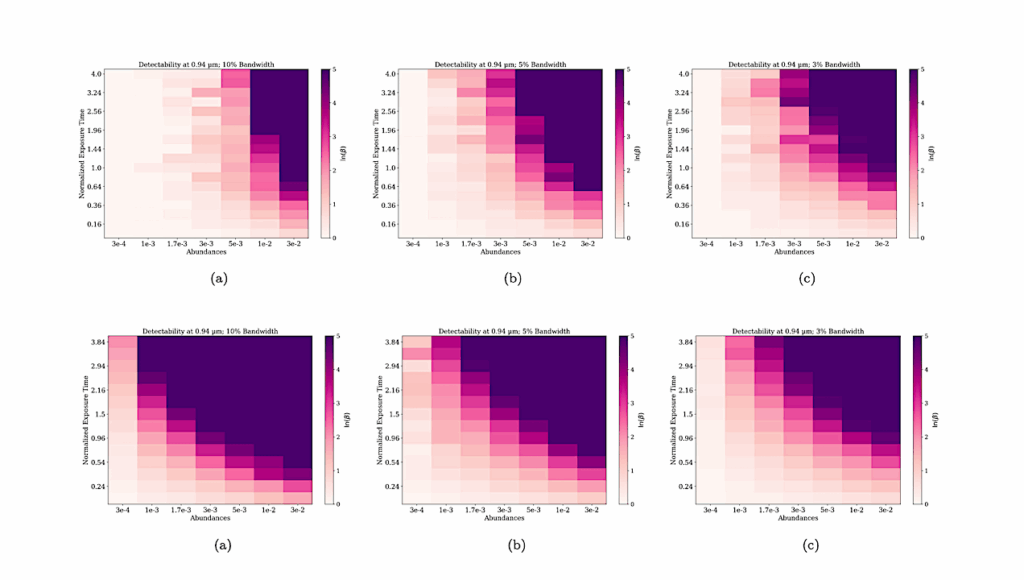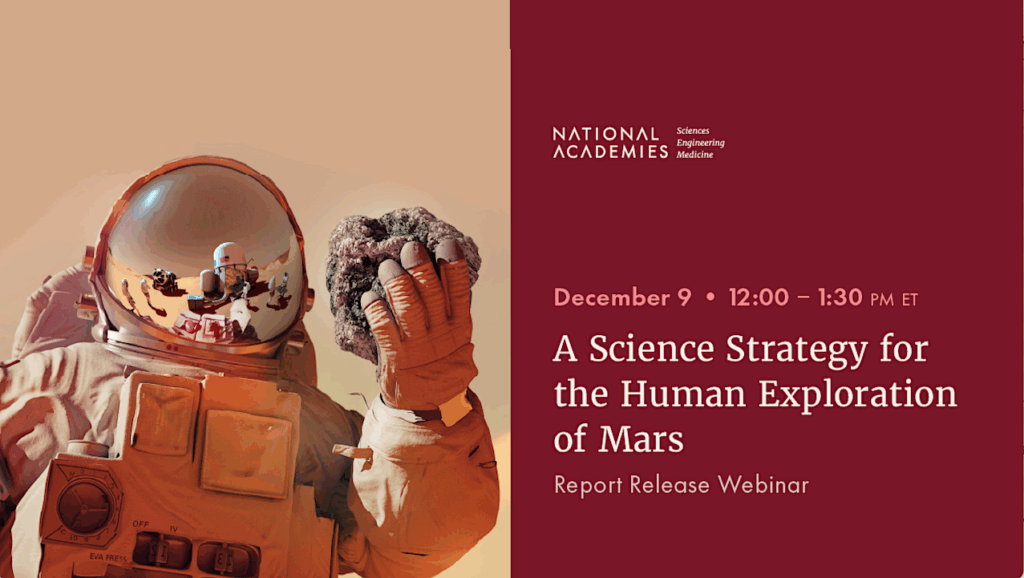The Detectability and Constraints of Biosignature Gases in the Near & Mid-Infrared from Transit Transmission Spectroscopy

The James Webb Space Telescope (JWST) is expected to revolutionize our understanding of Jovian worlds over the coming decade. However, as we push towards characterizing cooler, smaller, “terrestrial-like” planets, dedicated next-generation facilities will be required to tease out the small spectral signatures indicative of biological activity.
Here, we evaluate the feasibility of determining atmospheric properties, from near-to-mid-infrared transmission spectra, of transiting temperate terrestrial M-dwarf companions. Specifically, we utilize atmospheric retrievals to explore the trade space between spectral resolution, wavelength coverage, and signal-to-noise on our ability to both detect molecular species and constrain their abundances. We find that increasing spectral resolution beyond R=100 for near-infrared wavelengths, shorter than 5μm, proves to reduce the degeneracy between spectral features of different molecules and thus greatly benefits the abundance constraints.
However, this benefit is greatly diminished beyond 5μm as any overlap between broad features in the mid-infrared does not deconvolve with higher resolutions. Additionally, our findings revealed that the inclusion of features beyond 11μm did not meaningfully improve the detection significance nor abundance constraints results. We conclude that an instrument with continuous wavelength coverage from ∼2-11μm, spectral resolution of R≃50-300, and a 25m2 collecting area, would be capable of detecting H2O, CO2, CH4, O3, and N2O in the atmosphere of an Earth-analog transiting a M-dwarf (magK=8.0) within 50 transits, and obtain better than an order-of-magnitude constraint on each of their abundances.
Luke Tremblay, Michael R Line, Kevin B Stevenson, Tiffany Kataria, Robert T Zellem, Jonathan J Fortney, Caroline V Morley
(Submitted on 23 Dec 2019)
Comments: Accepted to AJ 12/19/2019
Subjects: Earth and Planetary Astrophysics (astro-ph.EP); Instrumentation and Methods for Astrophysics (astro-ph.IM)
Cite as: arXiv:1912.10939 [astro-ph.EP] (or arXiv:1912.10939v1 [astro-ph.EP] for this version)
Submission history
From: Michael Line Dr.
[v1] Mon, 23 Dec 2019 15:58:01 UTC (2,034 KB)
https://arxiv.org/abs/1912.10939
Astrobiology, Astrochemistry








